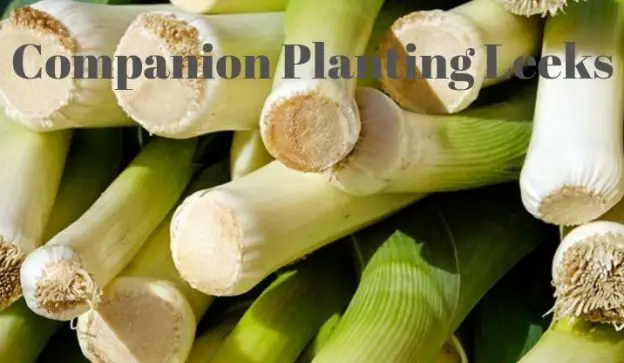A popular member of the allium family, the leek can be useful as a companion plant. By companion planting leeks you can help to protect many plants from pests. Read on to discover all the benefits of companion planting leeks.
Companion Planting Leeks
The plants that do best when companion planted with leeks to keep pests away include:-
Apple Trees and Leeks
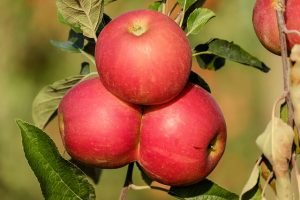
By planting leeks under apple trees you will help prevent scab on the apples. For more information on companion planting apple trees click here.
Strawberries and Leeks
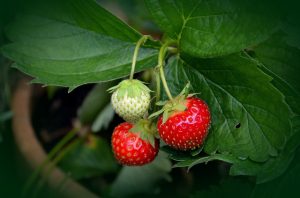
Strawberries do well with any member of the allium family, and companion planting leeks will keep many strawberry pests away. For more on what grows well with strawberries click this link.
Lettuce and Leeks

Alliums will all help to keep pests away from lettuce and leeks also help to shade lettuce in hot weather.
Carrots and Leeks
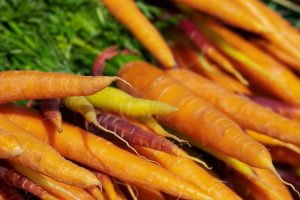
It is always good practise to grow a member of the allium family flanking your carrots on both sides. This will help to keep the carrot root fly away from your carrots. The grub of which will ruin the root of the carrot and make them inedible at best and kill them at worst.
For more on companion planting carrots click this link.
Beetroot and Leeks
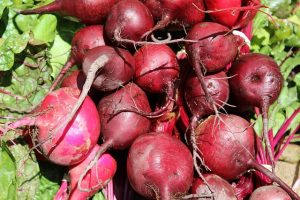
Another root crop that will do well grown in companion with leeks is beetroot. Not that beetroot has many pests but try combining cabbage, beetroot and leeks in the same bed. These will all do well together and save space.
Celery and Leeks
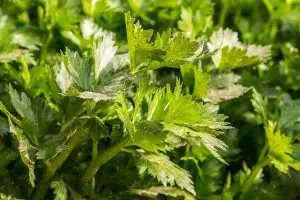
There are many pests that can cause problems for celery, these include, carrot root fly, aphids, and celery leaf miners. By companion planting with leeks these pests will be confused by the strong aroma from the leeks and find other gardeners plants to damage. To find out more about companion planting celery click here.
For more information on pests found in celery click this link to the University of Florida page about insect management.
Cabbages and Leeks
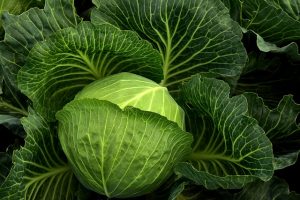
Growing leeks as companion plants to cabbages and all members of the brassica family will help to keep pests away. Pests like, whitefly and cabbage whites.
Parsnips and Leeks

As with carrots and celery the parsnip can be badly affected by the carrot root fly. By growing leeks as companion plants their strong aroma will disguise the parsnips from these pests. To find out more about companion planting parsnips click this link.
Tomatoes and Leeks
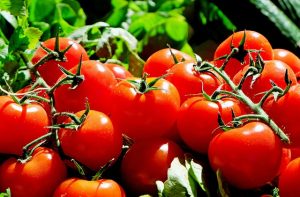
To help to keep aphids away from tomato plants grow leeks in close proximity. For more on companion planting tomatoes click here.
Onions and Leeks
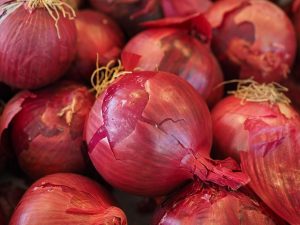
Both members of the allium family, growing these together will help improve the growth of both crops.
What Not To Grow With Leeks
Not all plants will benefit from being companion planted with leeks, below are the plants to keep away from leeks.
Beans and Leeks
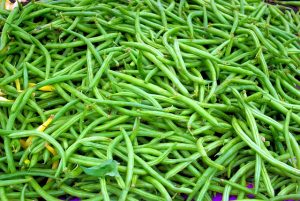
All beans fix nitrogen in the air by means of a bacteria found in most soils. Members of the allium family including leeks kill these bacteria in the soil probably down to the high sulphur content in alliums.
This is all beans including
- Runner(pole)
- Dwarf(bush)
- Broad
For more information on companion planting beans click here.
Peas and Leeks
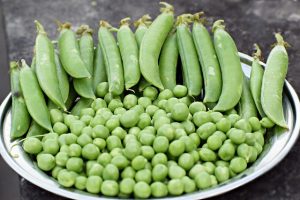
As with beans, so with peas. They are all members of the legume family and the bacteria they need to process nitrogen is destroyed in the soil by all members of the allium family including leeks. To find out more about companion planting peas click here.
Peanuts and Leeks
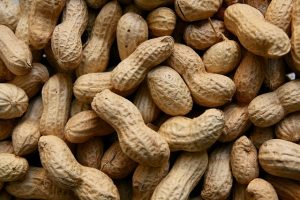
Believe it or not, peanuts or groundnuts are also members of the legume family, and will not thrive near leeks. For exactly the same reasons as above, namely the destruction of the nitrogen forming bacteria.

